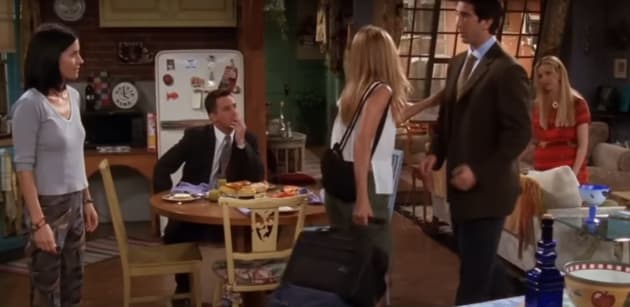
Jerry Seinfeld is still haunted by his mother’s TV words – “How could anyone not love him?”
It’s no wonder Seinfeld has been all over social media in recent months.
He abandoned his usual stoicism and criticized everything in sight, from critics of his film “Unfrosted” to Howard Stern, the college campus, and even the cast of “Friends.”
In a recent interview, Lisa Kudrow stated that Seinfeld tried to take credit for the success of Friends, and implied that had Seinfeld not laid the foundation for a quirky group of misfits in New York, the series would never have succeeded.
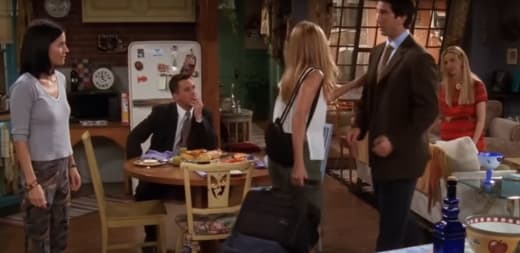
To this day, many Seinfeld fans believe that Friends was a clone of Seinfeld that just happened to inherit a comfortable must-watch television time slot.
However, Friends fans, and even some Seinfeld fans, are quick to point out that Friends’ sense of humor bears no resemblance to Seinfeld’s outlook.
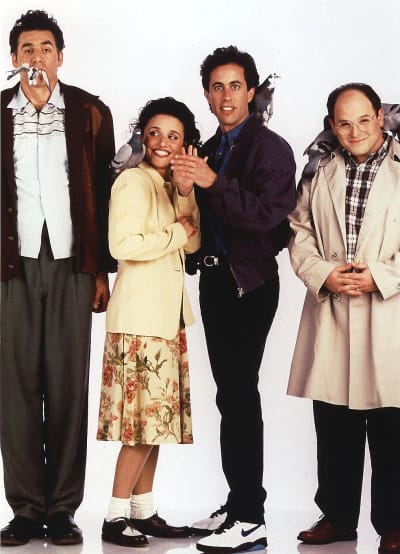
The problem can be confusing when one tries to break down each show into a generational zeitgeist.
Seinfeld is blatantly a boomer show, created by two of the most outspoken and influential minds of the boomers, Jerry Seinfeld and Larry David, who wrote their show for young-at-heart, 35-plus-year-olds.
“Friends” was marketed to a younger demographic as if it were a New York-based comedy about finding and avoiding love, but it was aimed at Generation X rather than baby boomers.
What I remember most about Friends is that it lacks a clear cultural identity. It’s one of the very few shows that seems timeless and completely oblivious to the generation it belongs to.
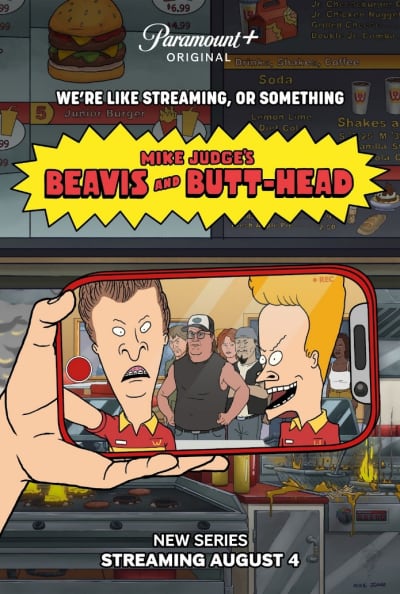
Friends is definitely not Generation X, as there is hardly any grunge, goth or counterculture in sight.
There is hardly any discussion about the music.
Even shows like Beavis and Butt-Head and Daria understand how music can shape culture and influence the attitudes and decisions of some characters.
The friends seem, at times, oblivious to the culture of the 90s, and even tired of the culture of the early 2000s when the world was slowly but surely becoming tech-hungry.
The fun thing about Friends is that it could just as easily have taken place in the early 2000s, just as it could have taken place in the early 2000s.
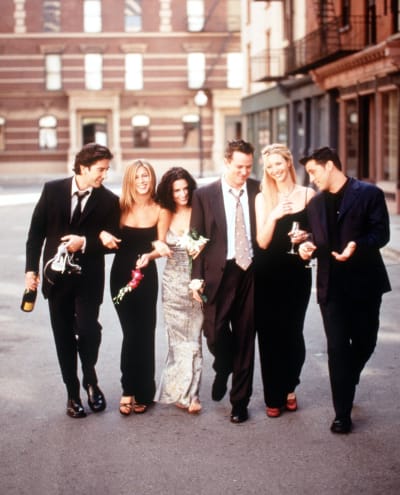
Let’s say you replace pivotal moments in Friends, involving prematurely delivered voicemails, with hastily written snail mail.
In this case, you might have an engaging Elizabethan comedy-drama or the less silly Bridgerton.
One could argue that Friends boldly explored emotional territory that Seinfeld never did.
It was a show about people in love and emotionally disturbed in the 1990s who were treating their neuroses by dating the wrong kind of people.
Better yet, they all found love — sorry, Joey — and lived in the suburbs forever until the end of the series.
In this regard, the open and sentimental plots make Friends seem almost millennial or millennial in nature…
Except for the glaring fact that most Generation Yers and Gen Z don’t have any friends at all and are terrified by the emotion of antisocial behavior!
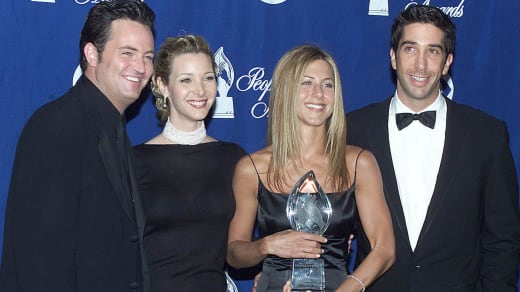
It’s a show that glorifies its selfish characters and mocks their barrage of foolish lovers.
Unlike Seinfeld, which was a vaudeville parody of romantic comedies (with cartoon characters so evil that the writers eventually sent them to prison), Friends seems to believe in the absolute “legitimate goodness” of all its characters.
And this was the part that millennials never agreed on.
Ross was a cheater, Rachel was shallow and manipulative, Chandler was petty and vindictive, Joey was amoral, Monica was a bully, and Phoebe was socially awkward to the point of psychosis.
Yes, none of these subplots were supposed to be taken seriously.
A massage therapist biting a client’s ass, or leaving his ex-girlfriend handcuffed in the office all night, were over-the-top comedy skits on par with Wiley E. Coyote or at least Al Bundy.
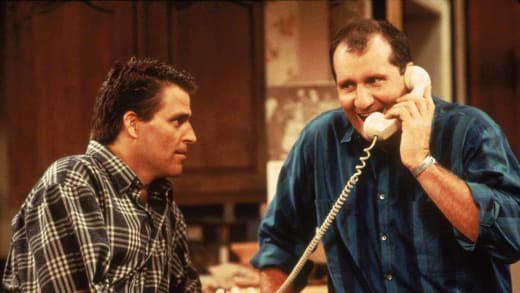
(Let’s not forget “Married… with Children” predated cartoon sitcoms featuring anti-heroes long before Seinfeld.)
Nothing matters in the world of friends as long as it makes you laugh.
I get that, even as a Gen X fan who didn’t like the show’s terrible writing.
Friends was not a commentary on morality or ethics.
In this regard, Friends tapped into the rampant “nothing sacred” culture of Generation X in the 1990s.
However, this alienated future millennials, who recognized Friends as a non-millennial show writing about things that only boomers and Generation X seemed to understand.
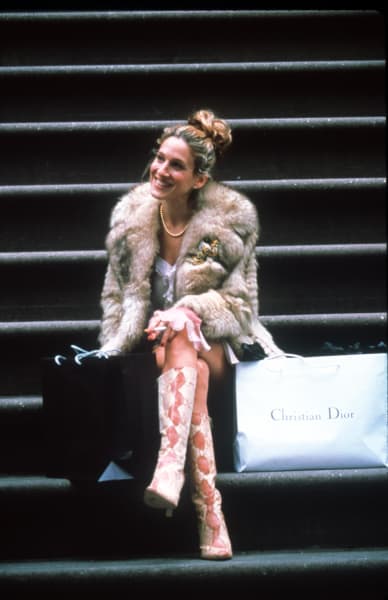
It angered Generation
It lacked the edge of other ’90s cultural landmarks like Daria, WWE Monday Night Raw, Beavis and Butt-Head, and Sex and the City.
“Friends” was a taboo phenomenon in the ’90s, like a more sex-positive TGIF show, and seemed startling when compared to the drudgery of “Family Matters” and “Step By Step,” which had teens paranoid even discussing sex.
However, the show’s ambiguous culture is not accidental.
In fact, Friends was invented by David Crane and Marta Kaufman, two of the most prolific baby boomers of the 1990s.
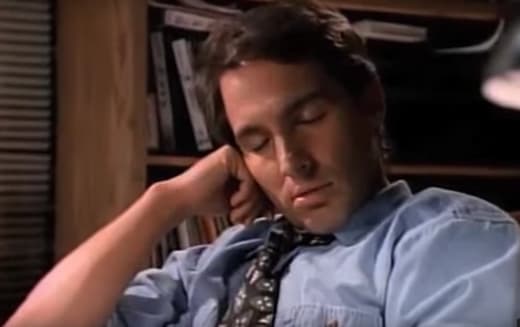
Previously, both Crane and Kaufman worked on the HBO series Dream On (1990-1996), which was so sensational that it alienated mainstream audiences and only found its footing on HBO.
Despite being the first American sitcom to feature nudity and profanity, Dream On was surprising and emotional.
The show even used old black-and-white TV series clips to illustrate Tupper’s old stream of consciousness.
Naturally, it found nothing but a cult following since Martin Tupper, the divorced New York City book editor, was a youth-friendly icon.
It was clear that Crane and Kaufman had to think younger, even though their baby-boom comedic sensibilities were already quite developed.
Now, what if there was a way for these baby boomers to transplant their midlife crisis brains into sexy leather outfits from their 20s?
A twisted form of immortality, not quite like Get Out, but close enough!
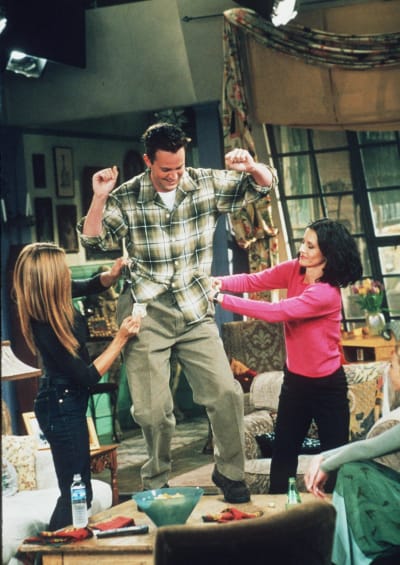
When I first saw Friends in the 1990s, I saw it as another New York-centric rom-com, Woody Allen-style, as was the case everywhere at the time.
I laughed, sometimes against my will, because for all the happy sentiment, these were really funny people.
Upon repeat viewing twenty years later, the humor still leaves its mark, and it’s incredibly remarkable that a group of twenty-something-year-old actors have mastered comedic timing at so young an age.
It ages well because it accurately portrays 20 year olds as imperfect, sometimes heartless, and kind of stupid – as they should be!
Do we put so much pressure on young people today that we expect them to make no mistakes and to uphold virtue without double standards every second of every day?
Isn’t human hypocrisy one of the eternal principles of humor?
It’s also interesting that the Friends characters never gave up their souls, as did the funnier Seinfeld alumni — who Larry David insisted were on a smelly car ride to hell.
These were stupid college kids who did their best to be careful adults.
However, as I realized the inherent value of Friends’ message, I couldn’t shake the feeling that these characters weren’t real Gen Xers talking to us about their world.
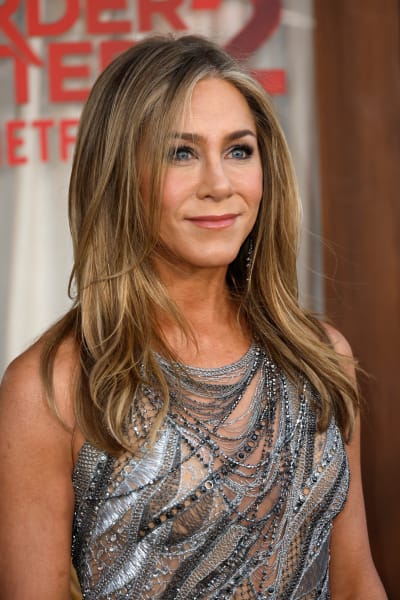
These were Boomer writers masquerading as Gen
Watching Friends today, or twenty years ago, or a hundred years ago, is just to watch a timeless story about the stunted emotions of teenagers who never wanted to finish high school and preferred their silly, superficial romantic lives to the hustle and bustle. Career, finding their true life calling.
It’s like hearing a Boomer confess about how much they wish they knew what they know now.
Friends is the perfect example of embracing the great things today that we old people can no longer have, even if it’s just by telling a story about how great it would be if you could experience it all again.
Michael Arangoa He is a staff writer for TV Fanatic. You can Follow him on X.